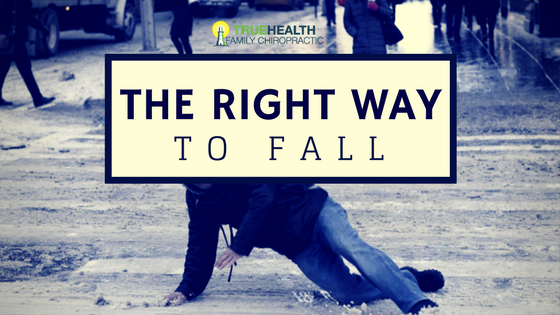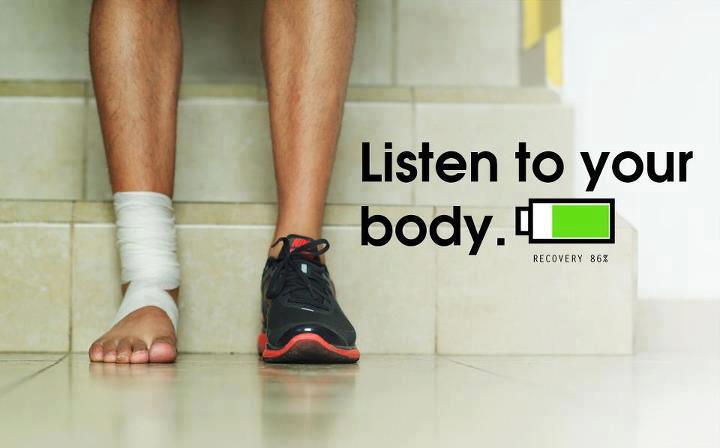
The Right Way to Fall
We’ve all done it – whether it happens on a crack in the pavement, going off a curb or missing a step – it’s usually accompanied by jumping up as quick as possible and acting like nothing happened (or is that part just me?!) The truth is – sometimes there’s no way to avoid a fall – so we may as well do it right (with the least amount of bodily harm).
Statistics tell us that more patients go to emergency rooms in the US after falling than from any other form of mishap, according to the Centers for Disease Control and Prevention (CDC), nearly triple the number injured by car accidents. Here in Connecticut, we have to also deal with ice and snow conditions that can contribute to falls. So to put it another way, you’re more likely to miss work this week because of taking a nose dive onto some pavement or ice than catching the flu.
How you prepare for the possibility of falling, what you do when falling, what you hit after falling – all determine whether and how severely you are hurt.
Now, some things we can’t control – but luckily – there are factors that are under our control when it comes to falling. For example, what condition you are in is key. Maintaining strength and flexibility plays a big role in how your body will respond. Lower body strength is important for recovering from slips, while upper body strength is crucial for surviving falls. Even what you eat is a factor – a study of 6,000 elderly French people in 2015 found a connection between poor nutrition, falling and being hurt in falls.
If you are falling, the key is to let it happen – when you feel yourself start to fall, let your body go limp. This will allow your body to naturally
roll into the fall. The less you rigid and tense you are the less likely you are to hurt yourself.
Ideally you want to protect your head – one way to do this is to try not to fall straight forward or backward (which raises the risk of damaging your spine and organs as well). The key is to roll, and try to let the fleshy side parts of your body absorb the impact – not a hip, knee or bone. Young people break their wrists because they shoot their hands out quickly when falling. Older people break their hips because they don’t get their hands out quickly enough (you’d much rather break a wrist than a hip).
The reality is that people fall – at least now you can be prepared for it.





